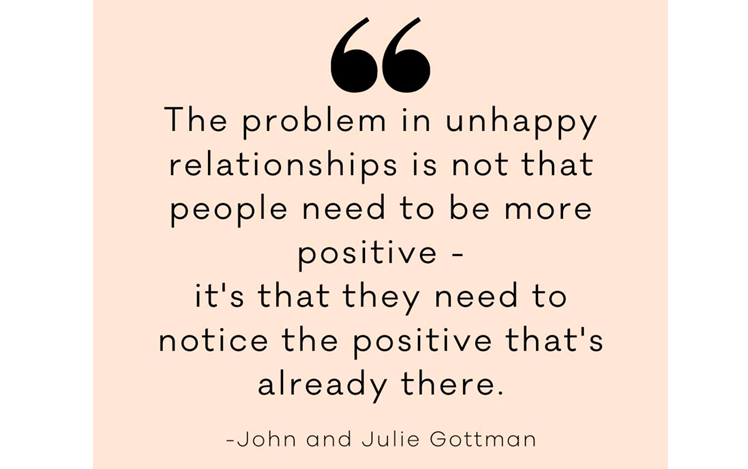By Darren Wilk, MA, RCC Certified Gottman Therapist & Trainer, Co-owner of Best Marriages
Many of the calls we receive in our office for relationship help come from people who are tired of doing all the work in their marriage, and a decade ago we would have been able to generalize that the person making that call was usually the female in the relationship. But regardless of which gender makes the call, they have asked their partners over and over again to get into gear and take more responsibility for the relationship. The response some of them get is “Why? There is really not much wrong here, and anyways, we can fix it on our own without help”. By the way, many people who come into counseling after their partner has left them say “I don’t know what happened. I thought everything was okay”. Does this sound familiar?
So what do we do with the gender differences today? Some still apply. Many men typically don’t seek outside help for their relationships for the same reason that many men won’t ask for directions. We hate not being able to figure something out on our own. Men, by nature, are trained and socialized to be independent and self-sufficient. We would rather learn from doing than from discussing. This does not make it right, and the new millennial’s are certainly changing this trend as the social culture evolves.
Many studies on gender segregation in children have discovered significant differences in how girls and boys play. Think about this the next time you’re watching children at a playground. The boys are rarely sitting around talking. They’re doing something active.
On the other hand, girls are more willing to stop a game and deal with hurt feelings. Their focus is less about keeping the ball in play and more about navigating their social climate. Do you know very many men who love to talk on the phone with their best friend? For many men it is just not in their nature. I know this may sound stereotypical, but stereotypes are there for a reason. Of course, in our present culture there are more exceptions put on the modern male to learn to be more comfortable with being vulnerable and emotional.
On top of this, many tune out their partner’s cries for more involvement until the requests get really serious. This may lead to temporary changes to soothe ruffled feathers and then gradually slip back into old habits. The reason the change doesn’t last is because the partner hasn’t really understood the reason for the change in the first place. He reacts to the pressure by switching into “solve” mode. John Gottman calls this the male way to deal with stress.
So what do we do when we are frustrated and at wit’s end
but still love him/her and want the relationship to work?
How do you get their attention?

First: Reframe the problem
Marriage psychologists Andrew Christianson and Neil Jacobson say that one of the major relationship patterns is that one of the spouses is often pursuing and trying to get closer to the other while the other may be quite satisfied with the depth of connection. This usually results in a polarization effect where the one being pursued actually moves further away.
This is called a Pursuer/Distancer pattern. It usually occurs when one partner desires more intimacy and closeness and the other desires to maintain an optimal amount of distance. This is essentially a difference in the definition of an ideal relationship. But instead of seeing this as being just a difference of definitions one partner starts to want to eradicate this distance and sees it as a major problem. The difference is seen as a deficiency in the other person. The pursuing partner sees the other person as afraid of intimacy and the distancer see the other person as too dependent and needy.




